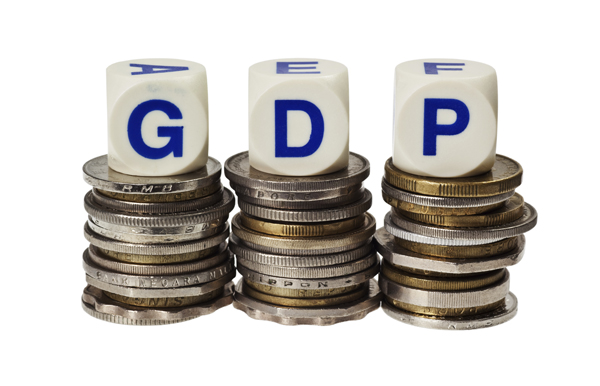-
EIC expects growth to continue throughout the second half of 2018 and next year, but at a slower pace. Annual growth in 2018 is estimated at 4.5%YOY (an upward revision from the previous 4.3%YOY). The economy is expected to grow at 4.2%YOY in second half of 2018, which is significantly above the 5-year historical average of 2.8%YOY. Growth will be supported by a strong momentum in domestic demand, but may soften somewhat due to a high base effect and a slowdown in external demand.
-
Merchandise export overall is expected to grow faster than over the past 5 years. However, growth may edge down slightly compared to the first half of the year as global trade is expected to cool. This is reflected in the Global Manufacturing Purchasing Managers’ Index, which has been increasing at a slower pace since the beginning of the year. Similarly, next year’s export will likely moderate further. Based on IMF’s projections, economic growth of Thailand’s major trading partners, namely the United States, the Eurozone, Japan, and China, will be lower in 2019 compared to this year. Similarly, WTO’s assessment shows that the value of global trade in 2019 will expand at a slower pace than in 2018. In addition, there might be impacts of trade protectionist policies that have gone into effect, as well as the risk of additional measures in the following periods.
-
Regarding tourism exports, EIC expects growth to continue into the second half of the year. Nevertheless, it will be dragged in the short term by the decline in Chinese tourists in reaction to the Phuket boat accident, as well as a high base effect in Q4. In addition, the growth in number of foreign tourists may start to face a limit next year as the country’s major airports reach their full capacity.
-
Household income started to show sign of recovery, but it will take time until spending picks up. Household income gradually recovered in the first half of 2018, as the number of employed workers and monthly average wage grew by 0.3%YOY and 2.1%YOY, respectively. In addition, agricultural income began to recover by 1.7%YOY (based on data from the Office of Agricultural Economics.) However, consumption of non-durable goods, which reflects a large part of consumption expenditure among low and middle income households, remained subdued in Q2, with growth cooling from the previous period. This suggests that households have not yet been able to spend more, as income has only started to improve and the recovery has only been gradual. In addition, these households still have a high level of debt to income ratio. Thus, the main contributor of private consumption growth going forward will continue to be driven by high-income households for the time being.
|
